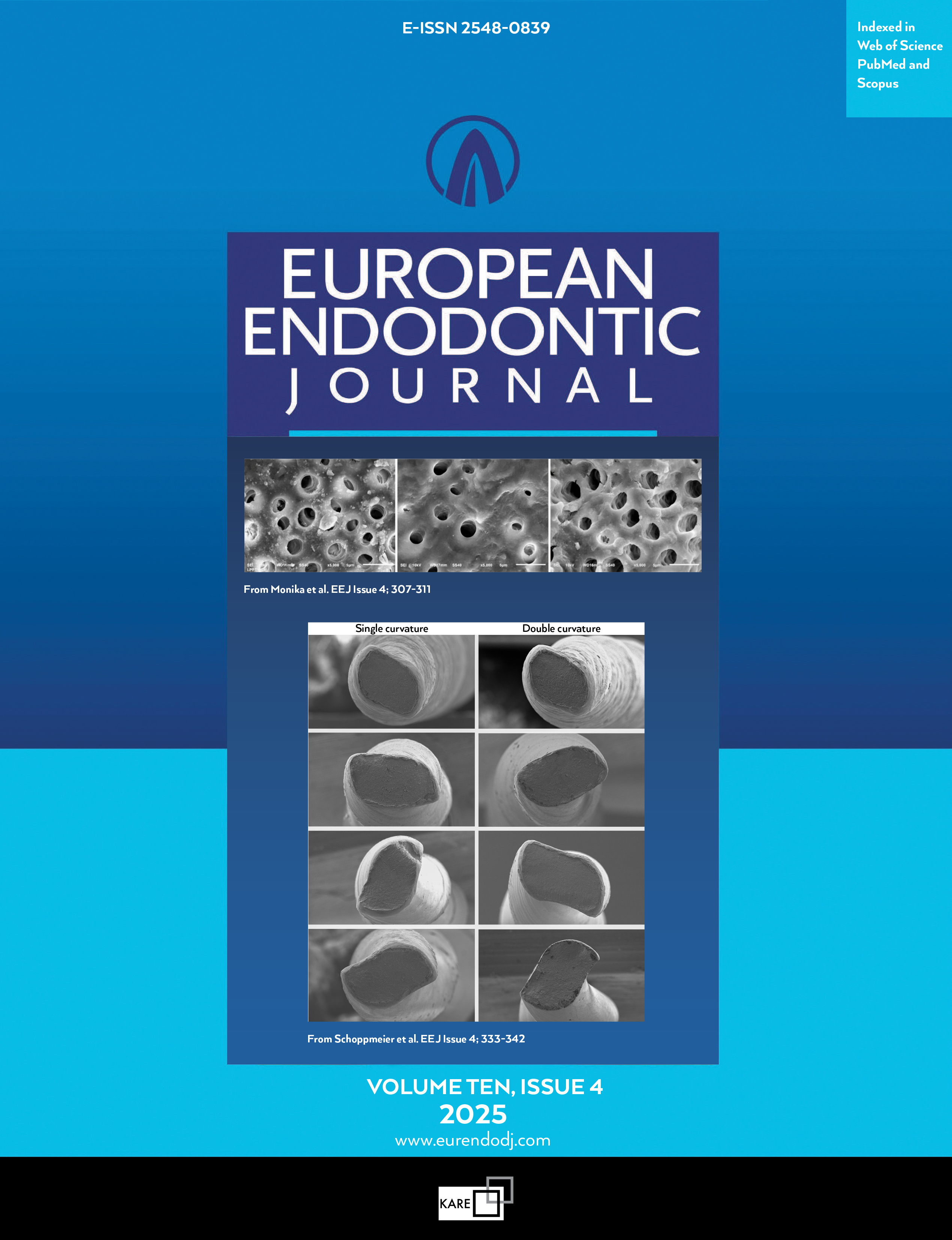Metrics
2.0
2024 IMPACT FACTOR
2024 IMPACT FACTOR
2.5
5 year Impact Factor
5 year Impact Factor
0.00069
Eigenfactor Score
Eigenfactor Score
3.2
2024 CiteScore
2024 CiteScore
72/162
Journal Citation Reports
(Clarivate 2025, JIF Rank)
Journal Citation Reports
(Clarivate 2025, JIF Rank)
Quartile Q2
---


